Like the midterm project the goal of the final project is to create a series of 10 edited related images on a theme
Choose from one of the following:
- Portraits – Portraits of 2 or3 people
- Self Portraits
- a still life series that is a diary of your life ( you will need window light, sunlight or a clip lamp )
- light and shadow
- Abstract photos– Photos that utilize light, shape,color, texture and composition to make images where the subject is not important
- mirrors, windows and or reflections
- One object photographer in different places around city
- A self developed theme
Self Portraits
Joel Meyerowitz did a self-portrait a day during last spring’s lockdown. Examples can be found on his instagram
Mirror, windows and or reflections
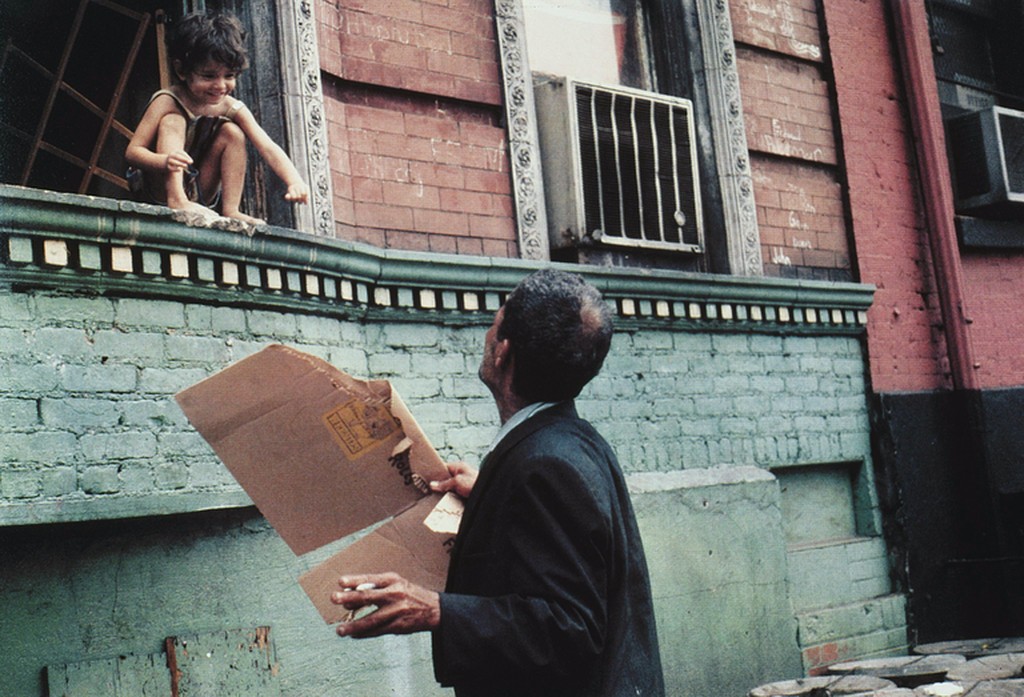
Photographer: Helen Levitt 
Photographer: Martin Parr 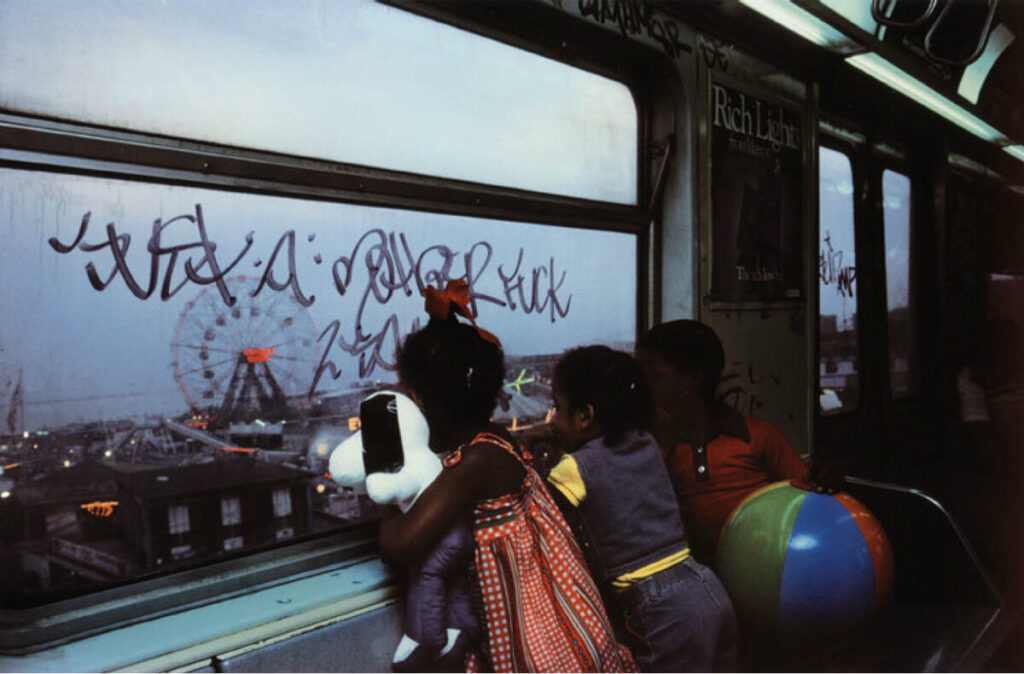
Photographer: Bruce Davidson 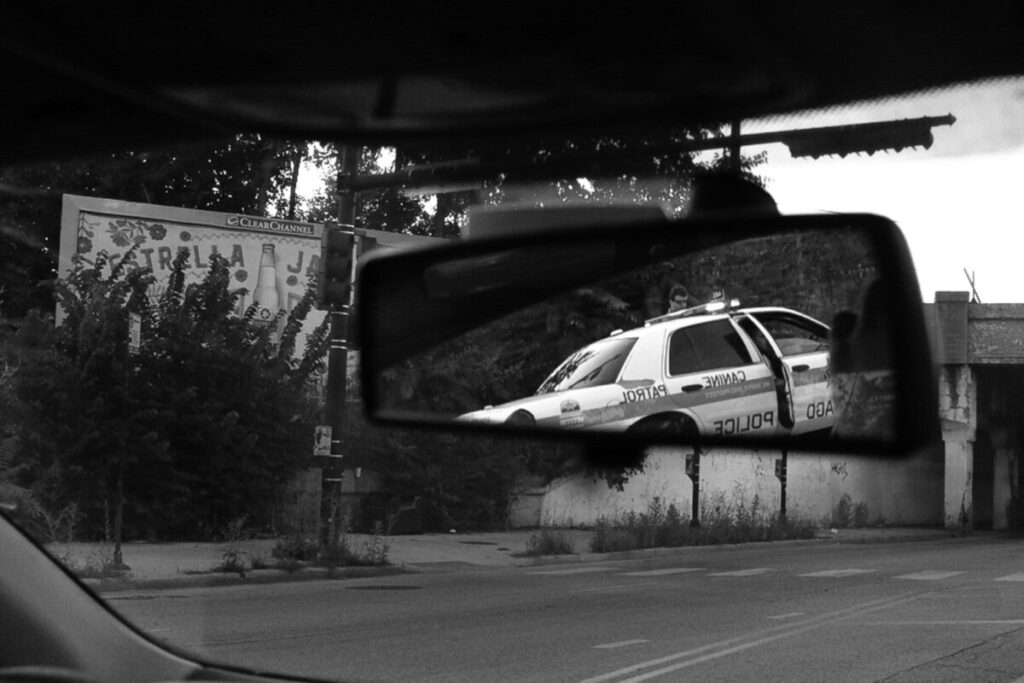
Photographer:Sebastian Hidalgo 
Photographer: Lee Freidlander 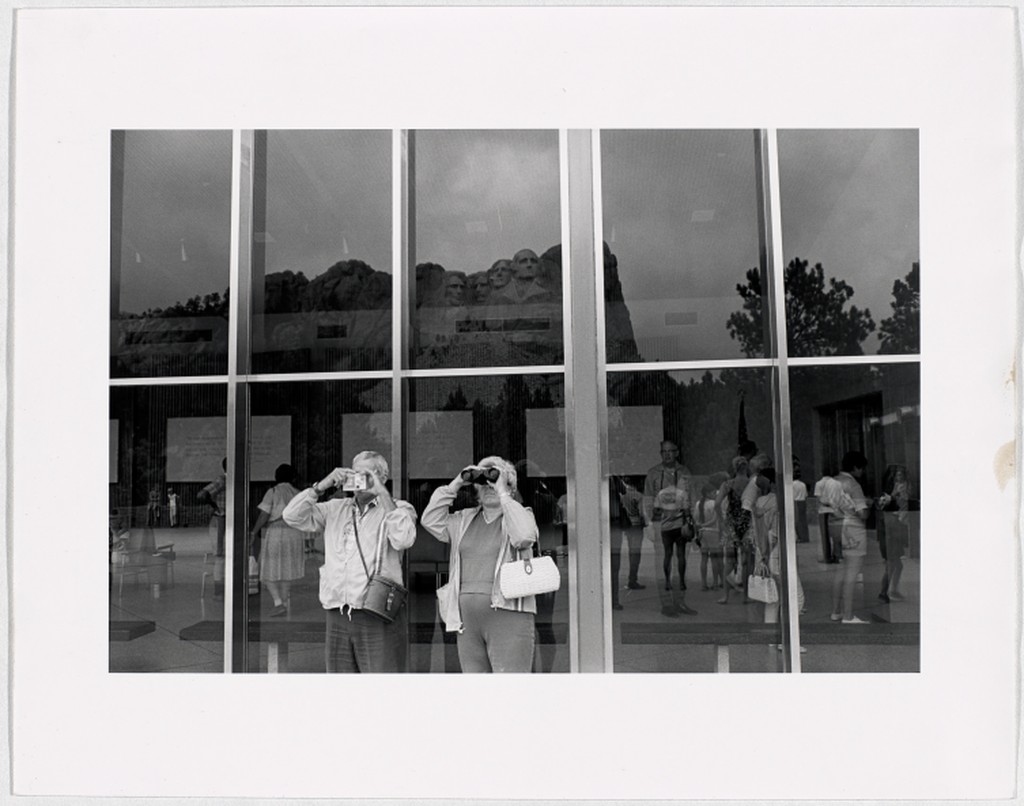
Photographer : Lee Freidlander
Abstract
Due for 5/9: 30 photos on the chosen theme This is graded as Homework 11
Due for 5/16: 30 additional photos. This is graded as Homework 12
Due for 5/23 : 10 Final images edited in lightroom and posted in an album to Flickr
Presentation of images to class



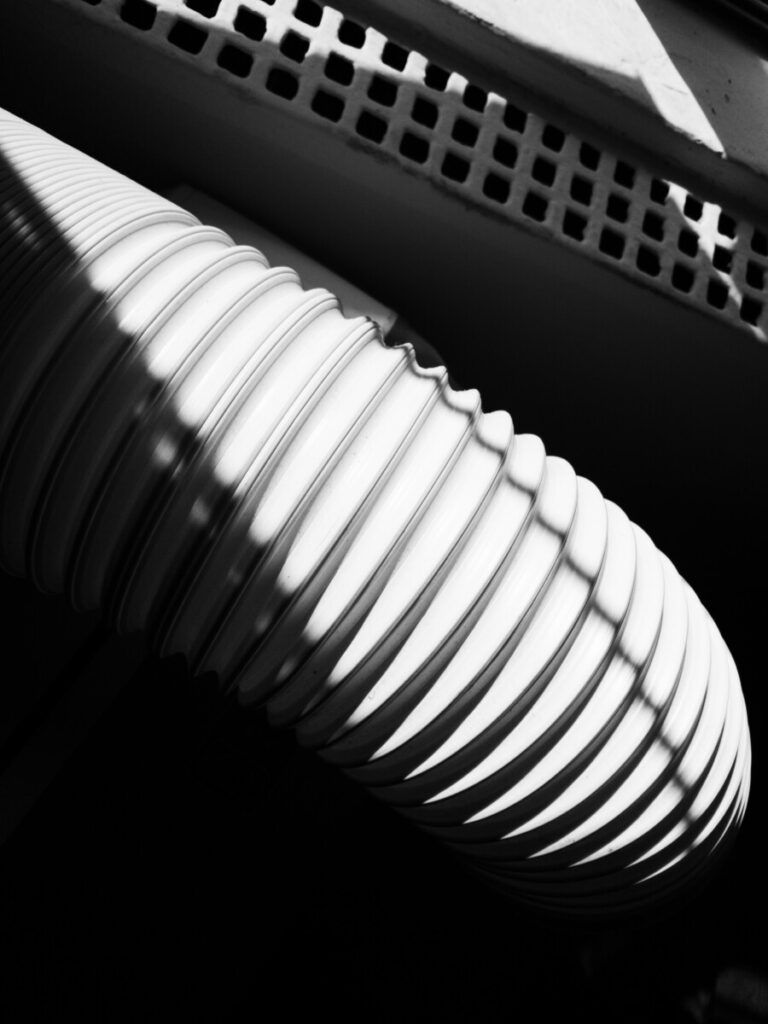

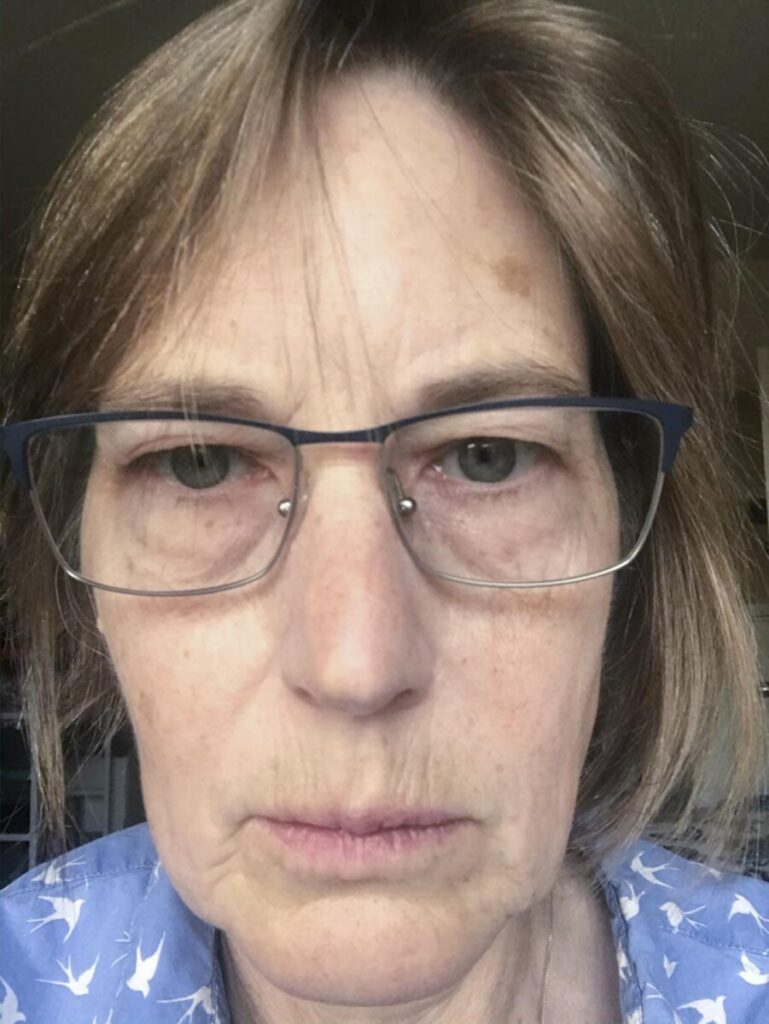
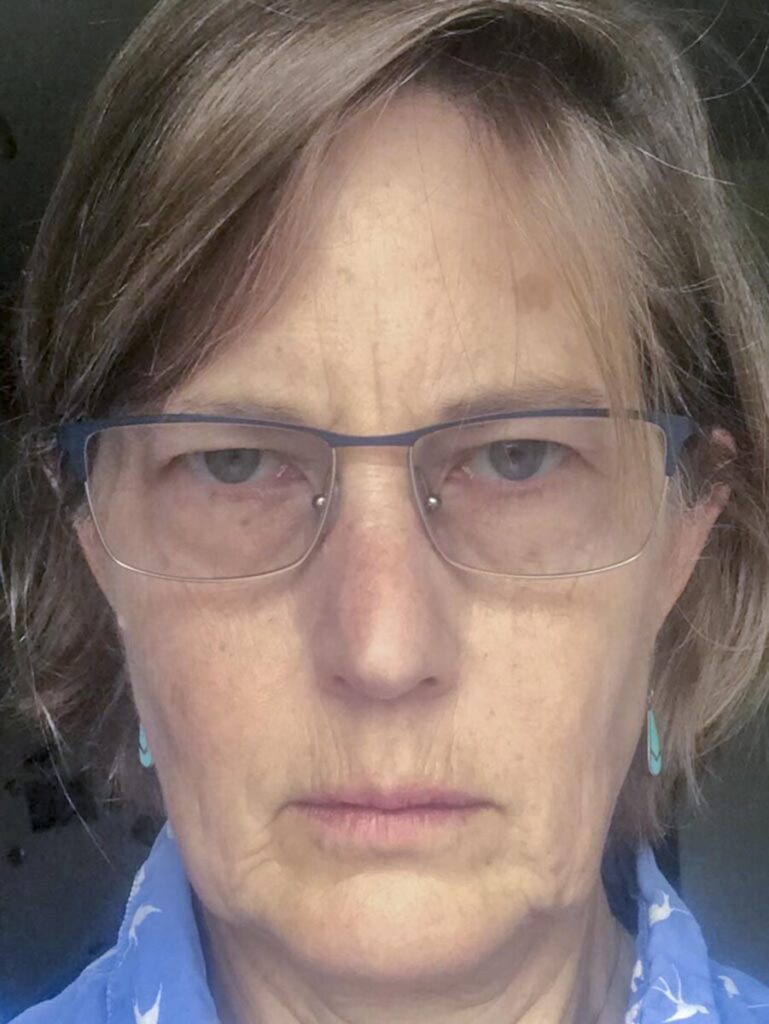
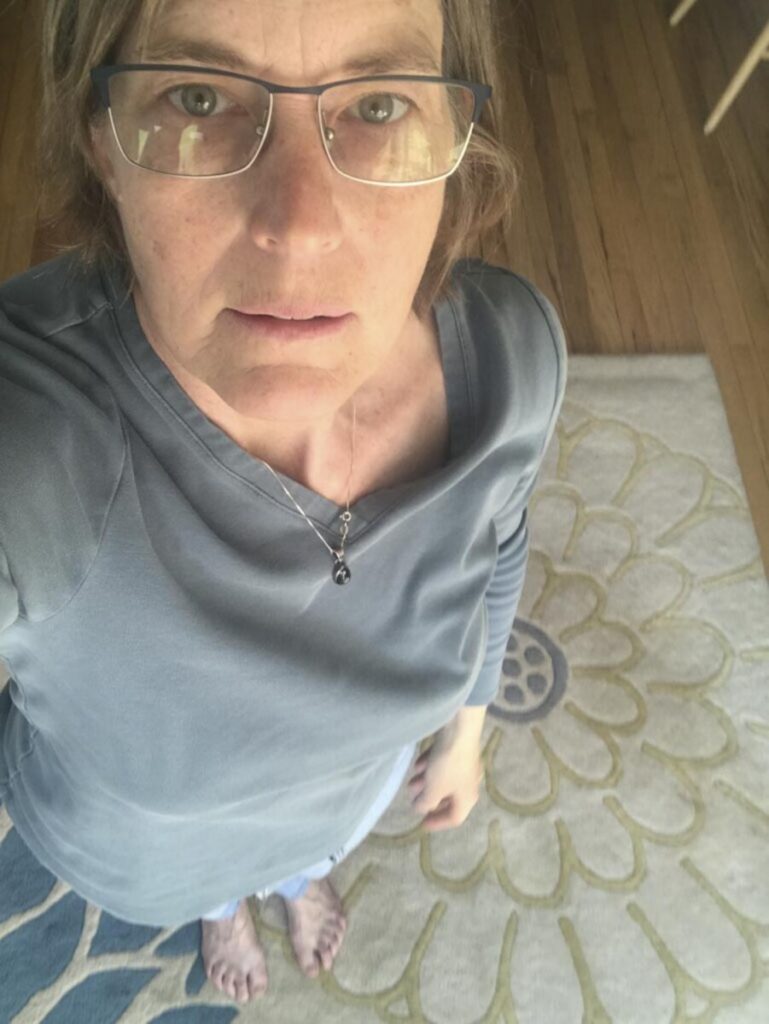
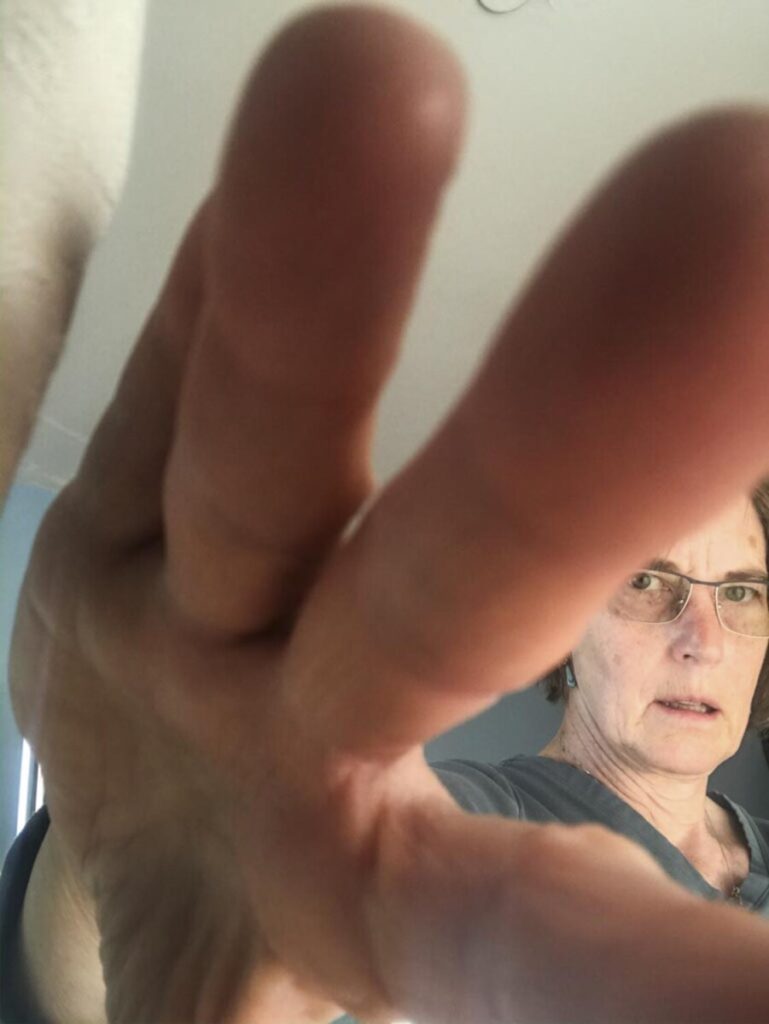


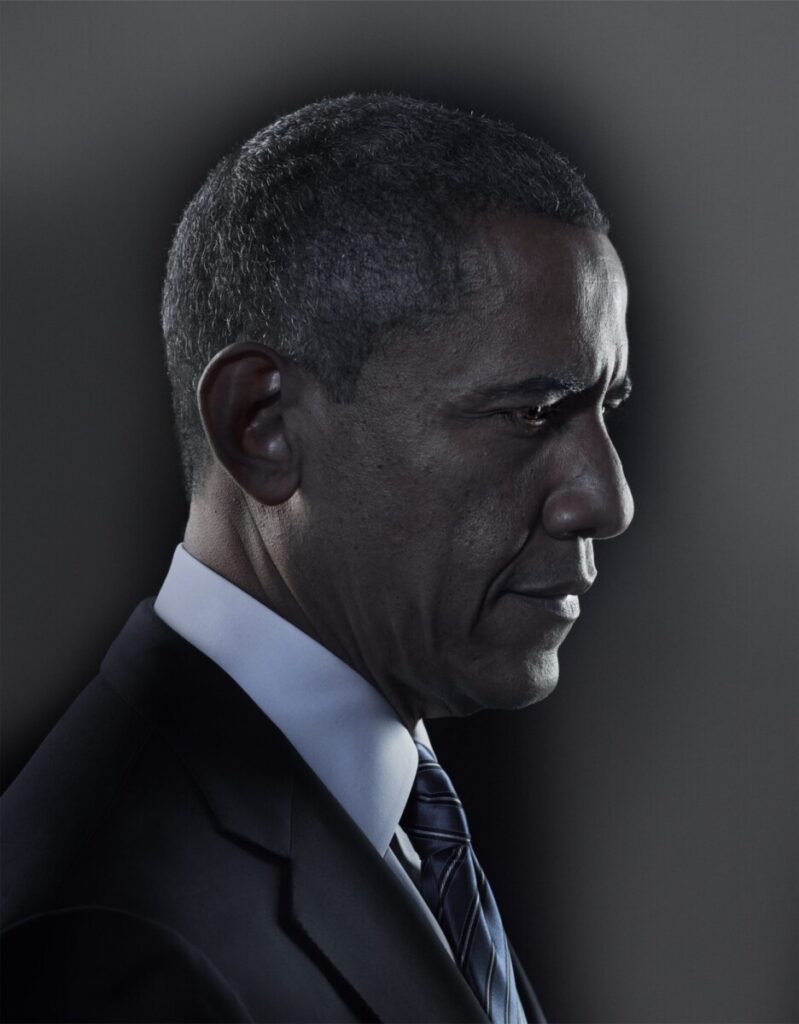
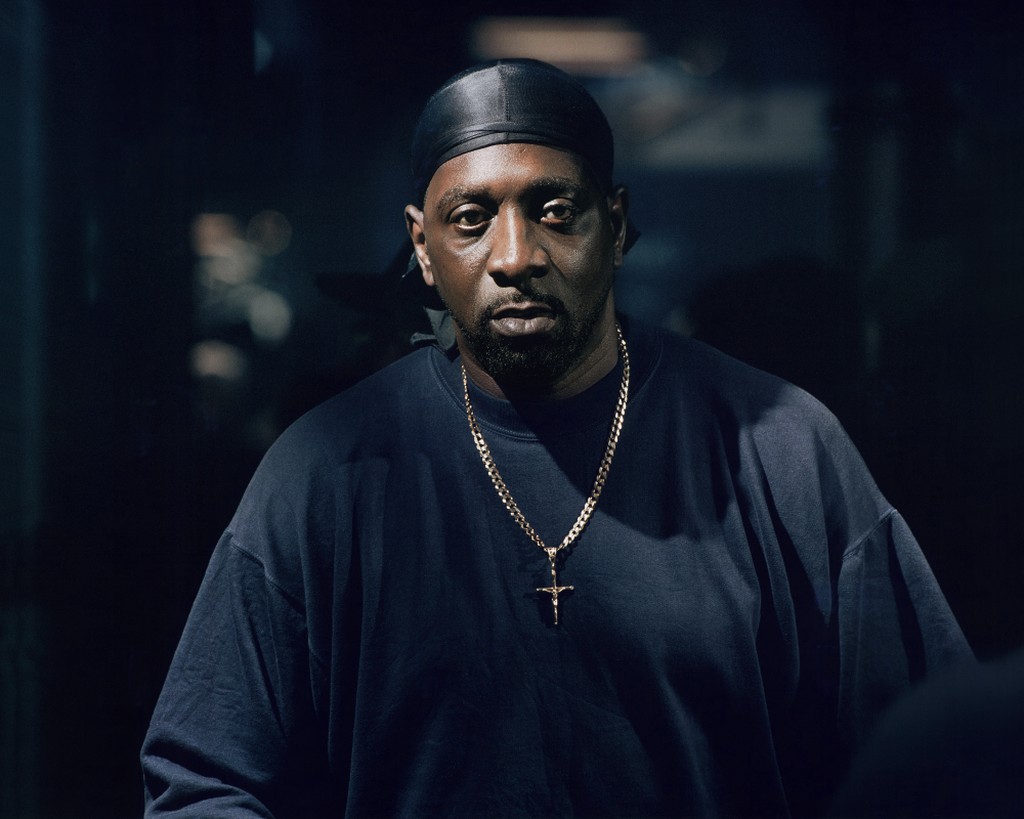
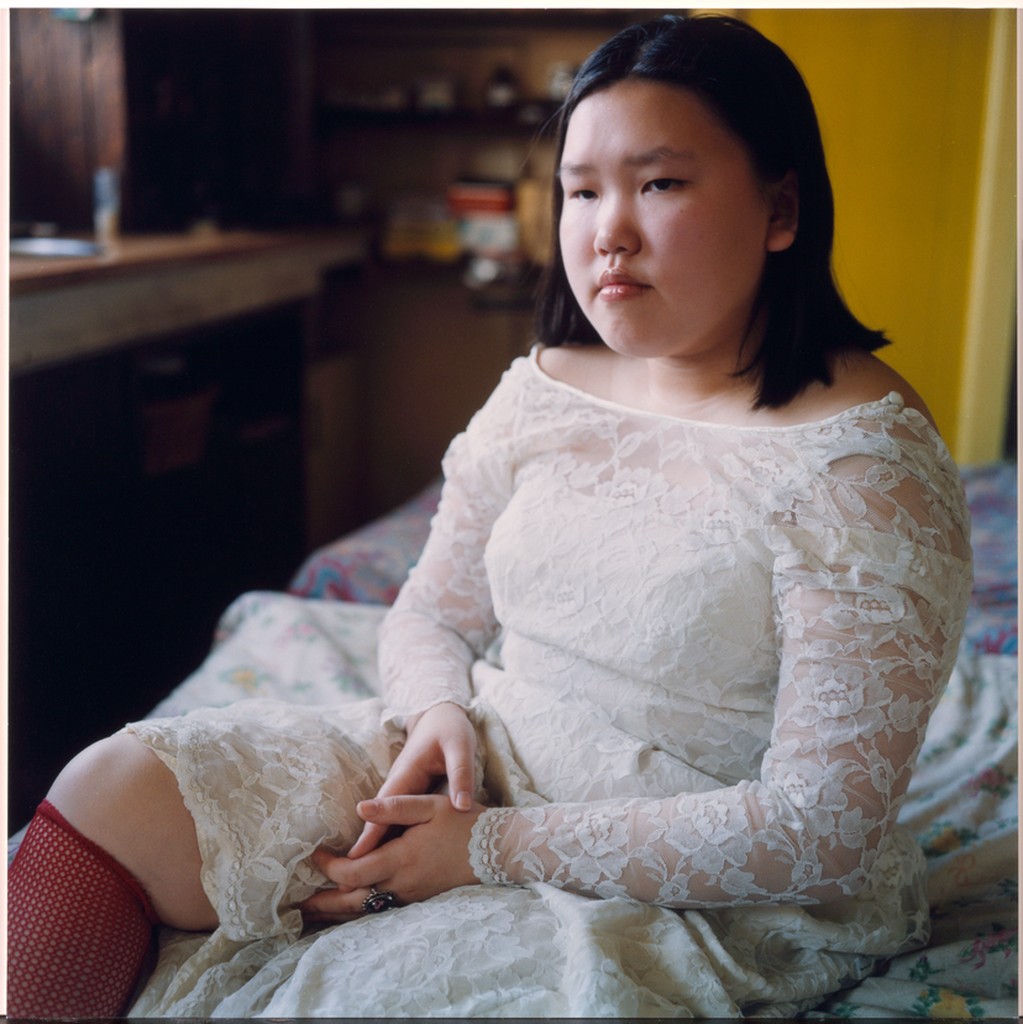
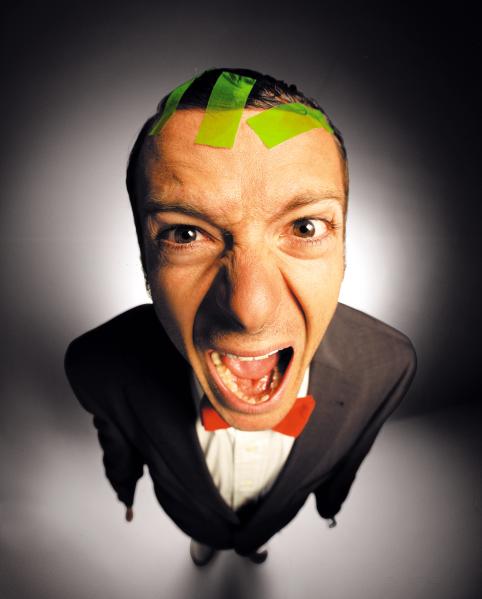




Recent Comments